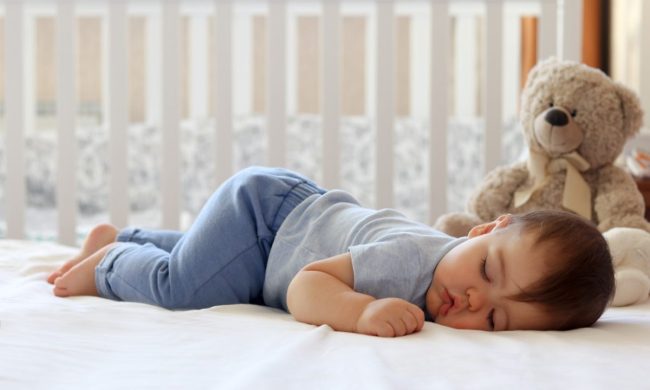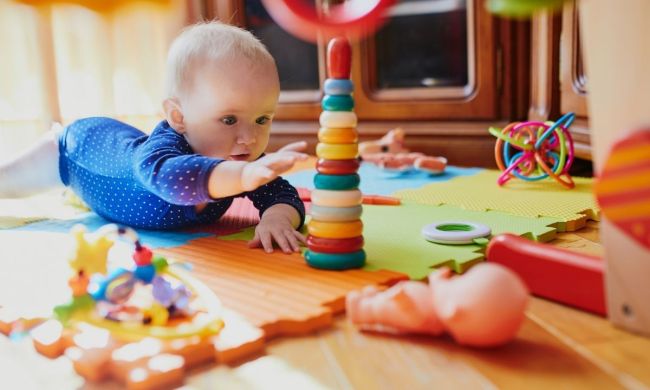Baby carriers are a must-have for caregivers. A sleeping baby and the ability to use your hands? There’s really nothing sweeter. Baby wearing is truly a lifesaver for parents on the move. But what happens when your lovely outing takes a turn for the rainy? No biggie. Skip the umbrella and slip a baby carrier rain cover over your little one. Voilà, now you have a cozy baby and the ability to use your hands.
There’s more to rain covers than simply keeping your baby dry. While that’s a given, there are several different factors to consider when choosing a carrier.
Consider the climate
A separate rain cover should keep your little one from getting wet, but there’s always a risk of a little water seeping through, since the cover is designed to protect one side only. Keep in mind you’ll need to wear a jacket to keep the back of the carrier dry – and yourself! If that’s a deal breaker, a baby-wearing jacket might be the right choice for you.
Depending on where you live, your baby carrier rain cover may need to protect your little one from more than rainy weather. A good all-weather baby carrier cover will help shield your baby against cold winds and keep them cozy against your body through the winter. At the same, time you don’t want a carrier that’s too warm, or baby could overheat on rising-temperate days. Keep in mind that your baby will naturally be a bit warmer in the carrier up against your body. Depending on where you live, you may want to opt for a more lightweight or more heavily lined all-weather carrier cover.
The Ergobaby Winter Weather Cover is a favorite for keep baby warm on chilly days but is lightweight enough to use in all climates if you keep your baby in a jacket or sweater. There are even little pockets for baby’s feet to keep them extra snuggly.
This three-season cover is another good option if you want to be able to pop baby into the carrier without their jacket during the winter months. An added bonus – it’s designed to fit all carriers from Boba to Tula and everything in between.
Must travel well
A good cover conveniently packs up small and is lightweight enough to stash it in your diaper bag or suitcase. For a truly hands-free experience, it’s important to choose a carrier that includes a pocket for carrying essentials like your keys and phone. The LÍLLÉbaby Rain Cover Baby Carrier Attachment fits any LÍLLÉ baby carrier and folds up in a self-storing pouch. When in use, the cover has a front pocket for carrying your essentials.
Versatile options
If you want to carry your baby in multiple positions, a versatile carrier may be more fitting. Parents of multiple children (and multiples) who may need to carry their baby in both a front and back position in order to care for other little ones will love the Bebamour Universal Hoodie All Season Carrier Cover. This rain cover snaps on to all carriers universally – so if you plan to rotate between a few, this might be the best option for you. The fleece lining and removable hood make this a true all-weather cover, but be aware that it may be a bit warm for warmer weather.
Multiple uses
While many baby carrier covers are exclusively designed to snap on to the baby carrier itself, some covers can also serve as stroller covers, nursing covers, and blankets. The Jan & Jul Baby Rain Cover does all those and has a handy kangaroo pocket to keep caregivers’ hands cozy, too.
A few words about safety
It’s important to keep a close eye on your little one anytime you’re using a cover. Make sure there’s sufficient airflow around your baby’s head to use safely in on rainy days. No matter where your adventures take you, always ensure the baby carrier is being used according to the manufacturer’s instructions when adding a cover.
Meanwhile, did you know that it’s possible to turn sheets into baby carriers? Read on further to learn how!



